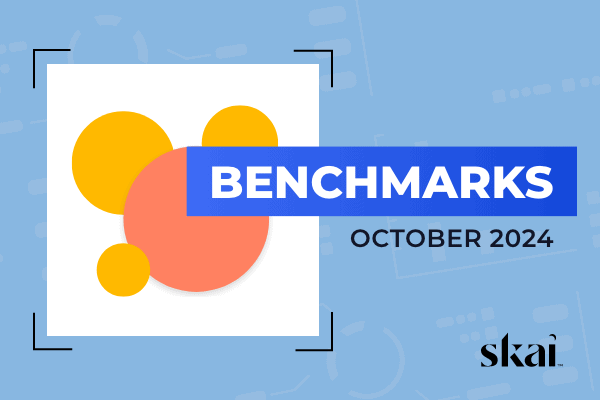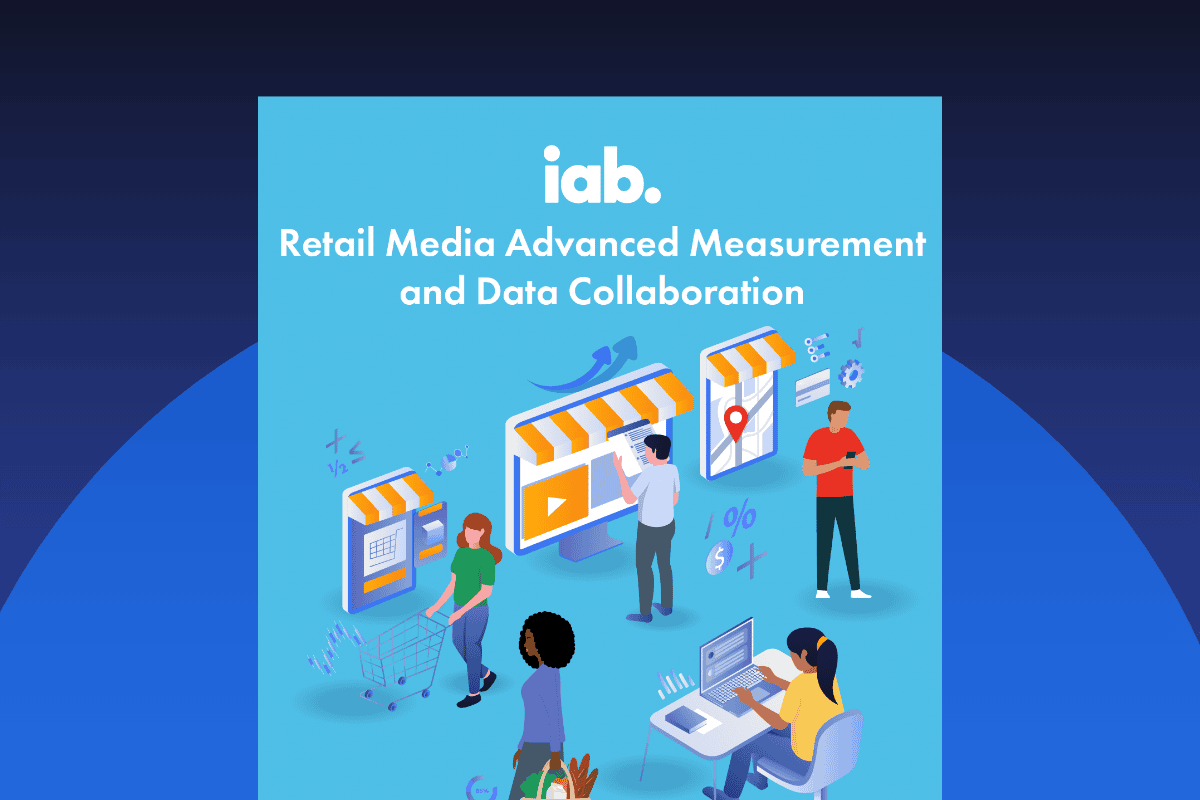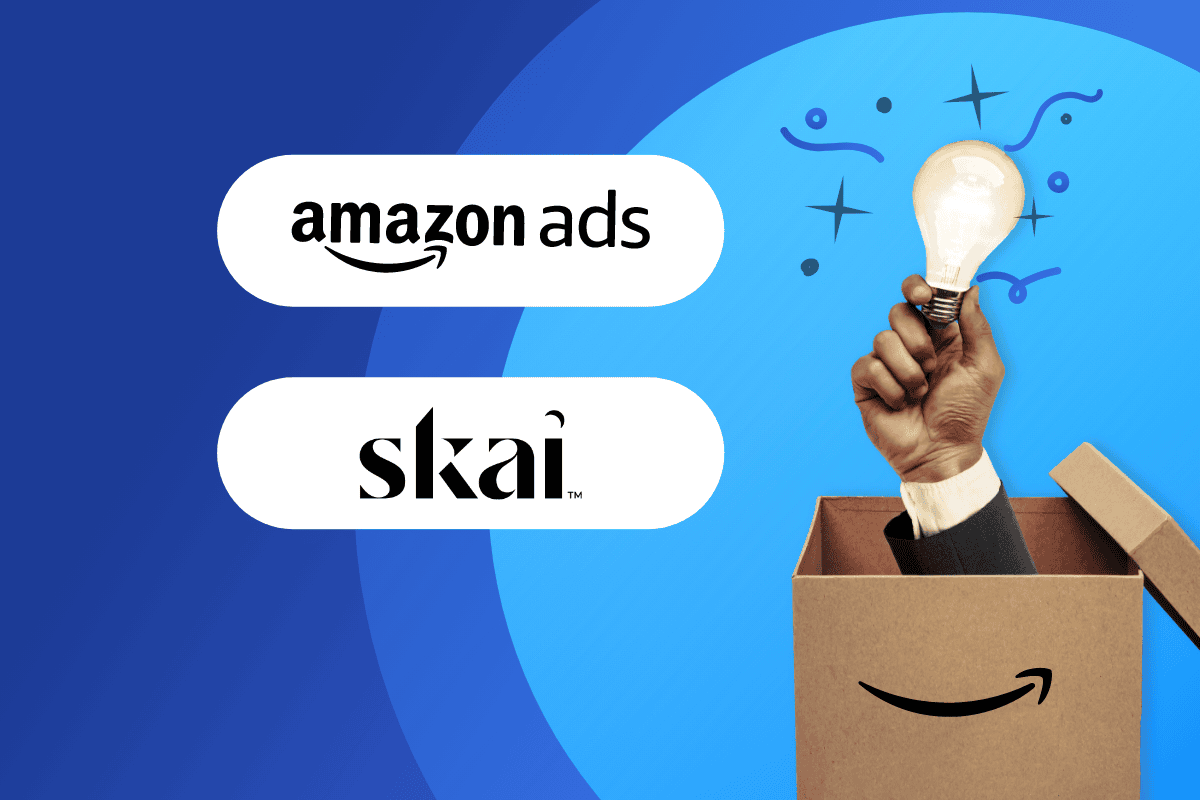Summary
The marketing funnel remains a useful model for retail media advertisers, but it must evolve to match the demands of today’s complex consumer journeys. A reimagined funnel can help facilitate data-driven, behavior-adaptive strategies that improve targeting and budget flexibility, yielding a more responsive, consumer-centered approach.
The marketing funnel (circa 1898) is an old concept; for that reason alone, many may feel it’s outdated. However, it still holds value by helping marketers wrap their heads around what can often feel like an unwrappable challenge—understanding how to efficiently move audiences through the purchase path to final sale.
The marketing funnel remains relevant because it does one thing exceptionally well: it offers a simplified view of your audience. This model makes it easier for marketing teams to align their strategies, providing a common language to coordinate efforts—what is our top of funnel strategy next quarter?, how do we drive more action at the bottom?, etc.
The reason it is so impactful is that the marketing funnel can be universally applied to segment any brand’s audience into three categories:
- Consumers who have never heard or know very little about you
- Consumers who are searching for solutions to their problems, which your brand may solve
- Consumers who are active and ready to buy
To embrace a modern, full-funnel approach, we must evolve each funnel stage, integrating retail media’s advanced capabilities and addressing today’s complex customer journeys.
Top of funnel reimagined
Evolve from broad reach to precision targeting at scale
The top of the funnel has traditionally been used to drive mass awareness, casting a wide net and hoping to reach as many people as possible. We must shift this rather blunt focus for modern retail media to precision targeting at scale to achieve awareness while maintaining maximum reach.
By leveraging data and advanced targeting methods, you can ensure your retail media program reaches the right people at the right time, resulting in more meaningful interactions with your audience.
Middle of funnel reimagined
Evolve from consideration to shaping decision criteria
The middle of the funnel has traditionally focused on nurturing consideration and staying visible to potential buyers as they evaluate options. We must evolve this approach to shaping the buyer’s decision criteria.
It’s about using personalized messaging, dynamic ads, and smart targeting to actively influence how consumers make decisions to position your brand as the best option. The goal is that when they are finally ready to purchase, your product logically makes the most sense to buy — ideally, never even realizing that it was you who influenced their selection process.
Bottom of funnel reimagined
Evolve from driving conversions to closing the sale
Bottom-funnel customers are often regarded as the most valuable, and they typically command a significant portion of the ad budget — as they should — because they’re on the edge of making a purchase. But to truly close the sale, you need more than just broad, segmented offers and coupons; you need to approach this stage like a skilled salesperson.
Just as a salesperson adapts their pitch based on individual needs, retail media’s powerful data segmentation lets you craft precise, relevant offers for each group. For example, instead of treating all price-sensitive shoppers the same, break them into frequent deal seekers, loyal bargain hunters, or first-time price-conscious buyers—each requiring the right combination of personalized tactics to seal the deal.
How the redefined funnel evolves retail media strategies
The following table highlights how marketing strategies have typically been approached and redefines each of these practices for the evolved retail media funnel.

The new funnel for today’s customers
Reimagining the marketing funnel to fit the complexity of today’s consumer journey allows brands to move beyond static, rigid strategies and adopt a dynamic, flexible approach that adapts in real time to consumer behavior.
By evolving from broad segmentation and fixed tactics to precision targeting and behavior-driven adaptation, the formula ensures that each consumer is met where they are in their journey, guiding them fluidly from awareness to conversion.
This fluidity also means that elements once considered specific to a particular funnel stage can now be used more broadly. For instance, advanced targeting methods once reserved for bottom-funnel tactics can be applied earlier in the journey to drive awareness, while upper-funnel tactics like broad video targeting can also be useful for driving deeper engagement, even closer to the point of sale. The result is a more cohesive, data-driven retail media strategy that maximizes performance across every funnel stage.







